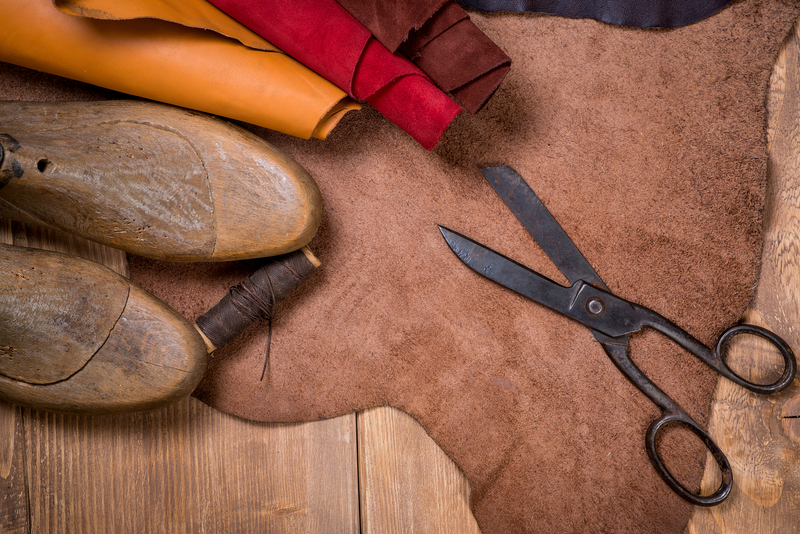The tanning process does take some time, but it's easy to follow. Plus, you'll have an end product that you can use for multiple purposes. It's a skill that all off-gridders should have, especially if you own animals. Leather is much more valuable than as just a leather jacket.
Bark Tanning
White Oak turns animal hides a yellowish shade and Chestnut Oak turns hides dark brown. The bark should resemble dark coffee before applying it to the animal hide.
If the hide is thick, it will need to be thinned via dry scraping away the added bulk which does not suit your project.
Barks for tanning hides are at their prime during the spring when sap begins to rise in the trees. Tannin is typically most concentrated at the cambium layer – the inner bark.
Tannins
There are two different types of tannin: Pyrogallol and Catechol. Learning how to blend the two types of tannins together will help tanners create the appropriate type of leather.
Catechols are condensed tannins and possess more astringent qualities and tend to dry the hide more quickly than Pyrogallols. Catechols leave a reddish sediment on the animal hides. When leather comprised of this type of tannin is used, the project tends to develop greenish-black spots when it comes in contact with iron. Oak bark contains both types of tannin.
Pyrogallols are hydrolysable and leave a pale shade of sediment referred to as a bloom or elegiac acid. The material is known to become water resistant and is thus commonly used in shoes for sole leather, in upholstery, and bookbinding. When pyrogallol tannins come in contact with iron, bluish-black spots often result and a change in pH value develops. Oak wood, oak galls, chestnut, and sumac contain pyrogallols.
Bark Project Amounts and Storage
-
Remove the hair if you want a leather hide, otherwise, do not use a razor to remove the hair.
-
Make bark liquor — 30-40 pounds of finely ground (particles no larger than corn kernel) oak or hemlock bark.
-
Boil 20 gallons of pure water (rain water is best).
-
Mix in a barrel (do not use iron container) and let stand for 15-20 days, stir occasionally when ready to use, strain off the bark by pouring through a sack.
-
Add 2 quarts vinegar.
-
Hang sides (of hide) from sticks in the bark, the less folds the better, move around often.
-
After 10-15 days, remove about 5 gallons of mixture from the barrel with the hides, and replace it with fresh bark mixture from second batch, and add 2 quarts of vinegar.
-
After 5 more days remove another 5 gallons of mixture and replace with 5 gallons of the fresh mixture (no more vinegar needed).
-
Take hide out of the water. Get another 40 pounds of bark and moisten with water, and then add moistened bark directly to the water. Put hide back into water.
-
After 6 weeks, pour out half of the old bark liquor water and fill the barrel with fresh bark – shake the barrel from time to time, add bark and water as needed to keep hides covered – checking hide should reveal all tanned, no white or raw streak.
Have you followed a similar process to tan hides? Let us know if you have any other tips by commenting below!
Article Source: Off The Grid News

Dean Bradley
Awesome thanks Joe Miller
David Norcross
Very intriguing
Jodi Black Behling, Jon Behling
Mathew Smith thought you would enjoy
s**t article. way to much time involved making their solution. scrape excess membrane from hide careful not to tear a whole in hide. streck hide to and tack to board. cover in salt to pull moisture from hide. Make solution of the animals brain and water(every animals brain is enough to tan its own hide) from here wash amd ring while streching. Dry and smoke hide to desired color
Chancey Caldwell
Herschell Aarron Miller
Had a neighbor who was going to teach me,but passed away last year, hoping to find another.